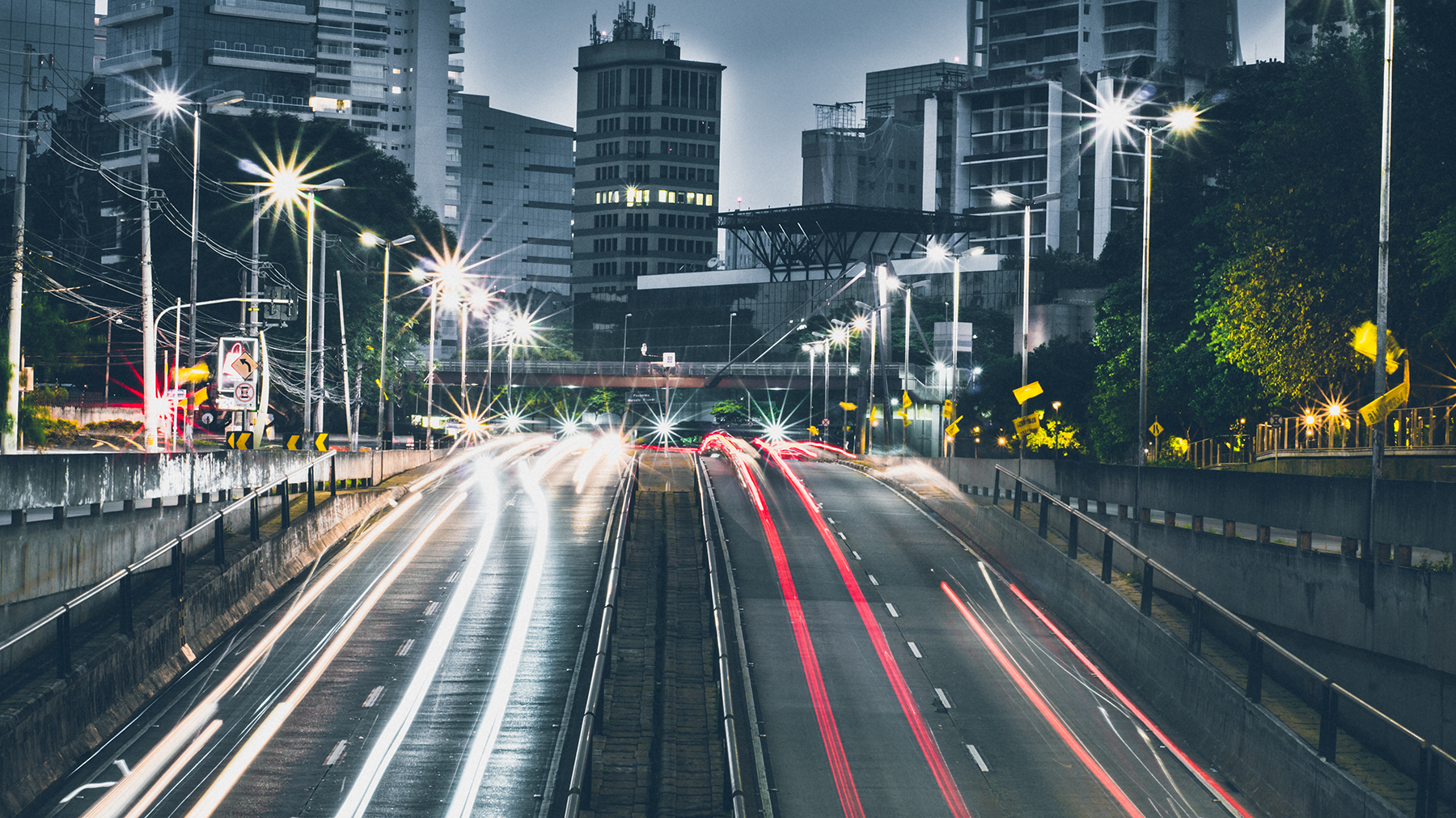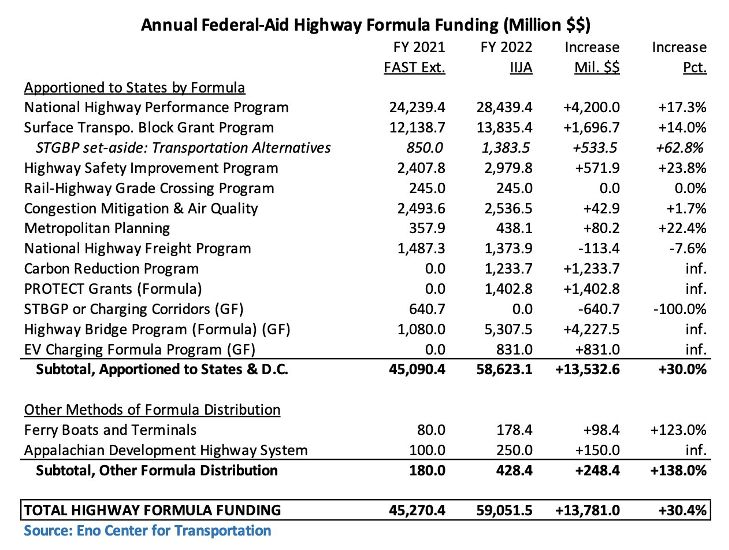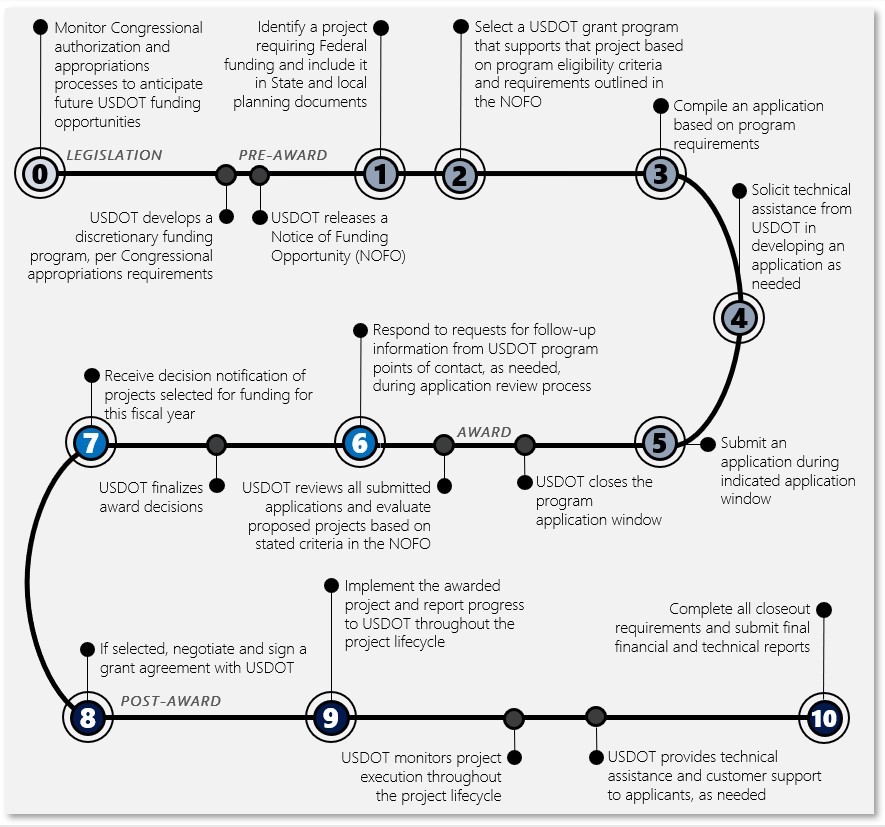All News and Perspectives
-
November 29, 2021
-
July 1, 2021
-
April 30, 2021
-
February 15, 2021
-
January 19, 2021
Brief: U.S. DOT Releases New Autonomous Vehicles Comprehensive Plan
-
December 1, 2020
U.S. Transportation Department Key to Biden Meeting Paris Agreement Targets
-
November 24, 2020
Many Frustrated as FCC Rules to Reallocate 5.9 GHz Spectrum Away from Transportation Safety
-
September 17, 2020
-
June 24, 2020
Could Greenhouse Gas Emissions Be Added To COVID-19’s Casualty List?
-
March 9, 2020
-
January 20, 2020
Overcoming The High Carbon Debt of Electric Vehicle Production
-
January 9, 2020
How Cities Can Digitize Their 21st Century Mobility Policies
-
September 26, 2019
-
July 30, 2019
U.S. Falling Behind in Smart City Deployments and Key 21st Century Infrastructure
-
April 19, 2019
-
April 18, 2019
-
April 10, 2019
-
January 31, 2019
-
January 16, 2019
Let’s Hope Trump Considers Infrastructure a National Security Issue Too
-
December 12, 2018
-
August 16, 2018
Autonomous Vehicles: Planners Aren’t Planning, Just Reacting
-
July 26, 2018
Blockchains, Smart Contracts, and the Future Of Transportation Security
-
July 20, 2018
Transportation – The New Villain in America’s Fight Against Greenhouse Gas Emissions
-
April 5, 2018
-
February 26, 2018
-
October 27, 2017
-
October 20, 2017
-
October 11, 2017
-
October 6, 2017
AV START Act Unanimously Clears US Senate Commerce Committee
-
September 25, 2017
Metropolitan Areas + Autonomous Vehicles – Congestion = Savings
-
September 18, 2017
-
September 11, 2017
-
August 8, 2017
-
July 7, 2017
Bills, Bills, Bills: A Look at the AV Bills Currently Moving Through Congress
-
June 27, 2017
-
June 27, 2017
-
June 26, 2017
-
June 19, 2017
-
June 9, 2017
-
May 23, 2017
-
May 18, 2017
-
May 18, 2017
-
May 4, 2017
Can Government Overcome Hurdles to Infrastructure Investment?
-
May 3, 2017
-
April 10, 2017
Proving It: Connected Infrastructure & AV Research Vital to a National Strategy
-
April 9, 2017
Atlanta Bridge Crisis: A Plea For Federal Infrastructure Investment
-
April 7, 2017
Bi-partisan support in the Senate for AV/CV funding. Thank you to our Senator Tammy Baldwin!
-
April 3, 2017
Tractors, Hackers, and Other Factors: The Necessity of Neutral Third Parties in the AV Realm
-
April 3, 2017
-
March 31, 2017
-
March 28, 2017
-
March 28, 2017
-
March 21, 2017
The Bill is Signed; What’s Next?
November 29, 2021 • Robert Fischer, WiACES

On Monday, November 15, Biden signed the $1.2 Trillion Infrastructure Investment and Jobs Act (IIJA), delivering a historic investment in rebuilding U.S. infrastructure. And here is the kicker: the Senate aims to pass the $1.8 Trillion Build Back Better Act, a social and climate bill, before Christmas.
So how does the federal government divvy up and spend trillions of dollars?
Well, that work is now beginning, particularly for the folks at the U.S. Department of Transportation. Whether you are a transportation official, a consultant, or a weekend transportation policy wonk (they exist), here are a few things to consider.
State-by-State Breakdowns
Everybody is asking the same question: how is this bill going to affect me, my community, and my state?
The White House has already been releasing fact sheets with state-by-state summaries of funding. Here is an example that was last updated in April. They will be updating these sheets in the coming days and weeks.
The American Society of Civil Engineers (ASCE) also has a helpful breakdown here, but it too needs to be reworked.
If you are itching for these breakdowns, but don’t necessarily have the research staff on hand, just give it time. The White House, and frankly every journalist and think tank in the field, are in the trenches creating these updated state-by-state fact sheets.
U.S. DOT Funding Mechanisms 101
Next, it’s important to revisit the four main ways the U.S. DOT funds investments in transportation and infrastructure.
There are discretionary grant programs, like the popular Rebuilding American Infrastructure with Sustainability and Equity (RAISE) grants. Each program office solicits applications and selects projects based on program eligibility, evaluation criteria, and departmental or program priorities. The USDOT just awarded Alabama two RAISE grants, which total $18,453,139, for instance. There is a lot more where that came from.
There are also formula grant programs that allocate funding to recipients based on formulas set by congress, like the Annual Federal-Aid Highway Funding Programs appropriated to states. According to Jeff Davis, a senior fellow at the Eno Center for Transportation, now that POTUS has signed the infrastructure bill into law, states should be receiving their 30 percent highway formula funding increase via formal apportionment from Federal Highway Administration within 2-3 weeks — over $13.5 billion more than last year.

And finally, there are a host of loan financing programs and Public-Private Partnerships (P3s). Loan financing programs are credit assistance programs that leverage federal funds to attract private and other non-federal investments in transportation. P3s involve collaboration between one or more government agencies and private sector companies to leverage public and private resources to develop and execute a project. Both of these programs get a boost from IIJA.
Jobs, Jobs, Jobs at the U.S. DOT
The largest investment in roads, bridges and highways made by the federal government since the creation of the U.S. interstate highway system is going to require a larger federal workforce to make it happen.
According to Freight Waves, the DOT will grow more than 50% to help stand up new programs included in the bill.
“We will go from being … around a $90 billion-a-year agency to one that will be closer to $140 billion,” Deputy Secretary Polly Trottenberg said at a media briefing.
“Not all of that money will be needed to run the department, but obviously we’re an agency that’s going to grow. We will need new members of the team, and we’re in the process of moving forward in some of those new hiring needs.”
So if you are looking for work, re-polish that resume.
Updating State Priorities
With all this money in the pipe, states are scrambling to update their plans and priorities.
Take Colorado for example. Colorado is due to receive well over $5 billion from the bill over the next five years for highways, bridges, public transportation, expansion of broadband internet service, water infrastructure improvements, airport projects, and more.
Surface transportation is where the state likely will see the greatest impact — with the federal money supercharging an 11-year, $5.4 billion state transportation bill passed by the legislature earlier this year.
So in the coming months, state transportation leaders will decide how to apply the highway money to CDOT’s 10-year priority plan, which is being updated. Remember, they wrote this plan before they knew they would be getting all this cash. So naturally, the plan is going to change. Projects that were deemed too expensive or low priority can move up on the list, for instance.
Updating these documents isn’t just a good mental exercise. It is also a requirement. Here is a link that explains the process.

Buttigieg The Power Broker
Transportation Secretary Pete Buttigieg will control $126 billion in new spending over the next five years, according to a Reuters tally — more than one-fifth of the new spending authorized by the law.
“We’ve never had a (transportation) secretary who’s had that much authority before,” said Jeff Davis, an analyst at the Eno Center for Transportation, a Washington-based think tank.
At a White House briefing on Monday, Buttigieg said the Transportation Department would favor projects that reduce greenhouse gases, increase safety, boost job creation or advance racial equity.
“What you’re going to see … is an emphasis on projects that, taken together, give us extra value in the priorities of this administration,” he said.
So, you can expect to see Buttigieg running victory laps on national television to bolster democrats and the Biden administration. IIJA is no doubt good policy. But at the end of the day, it’s also good politics. And there are elections around the corner.
Robert Fischer is a WiACES board member, President of GTiMA, a Technology and Policy Advisor to Mandli Communications, and an Associate Editor of the SAE International Journal of Connected and Autonomous Vehicles.

